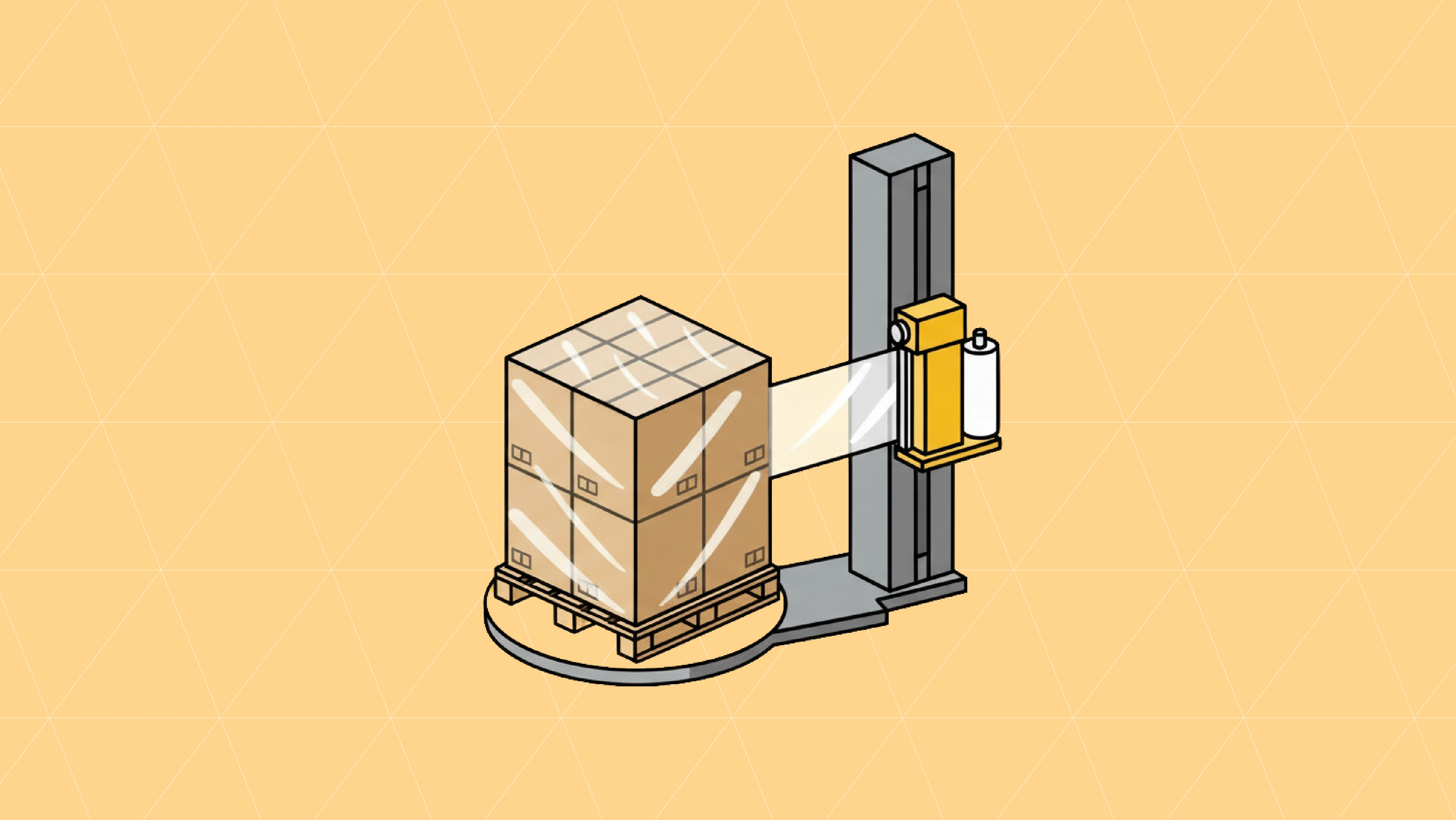Managing electronic data interchange (EDI) shouldn't drain your resources or create constant headaches. If your current EDI solution feels more like a burden than a business enabler, these warning signs might indicate it's time to explore full-service EDI providers that can transform your supply chain operations.
Warning Sign #1: Your Monthly Costs Are Unpredictable or Excessive
Traditional EDI pricing models often rely on outdated per-unit charging structures, such as kilo-character fees (based on 1,000 characters per file). While this approach seemed logical when EDI first emerged—similar to postal stamp pricing—it fails to account for modern business realities.
These variable pricing models create several problems:
Unexpected charges when your business grows
Hidden fees for maintenance and support services
Penalties for adding new trading partners
Budget uncertainty that makes financial planning difficult
A transparent, predictable pricing structure should cover all aspects of your EDI operations, including document exchange volume, trading partner onboarding, system maintenance, and technical support. This approach allows you to budget accurately while focusing on business growth rather than worrying about escalating EDI costs.
Warning Sign #2: You're Managing Everything In-House
Small to mid-sized companies often find themselves trapped in a do-it-yourself EDI approach that consumes valuable time and resources. While large enterprises may have the budget and flexibility to maintain dedicated EDI teams, smaller businesses need solutions that work without extensive internal expertise.
Consider these resource drains:
Recruiting and training EDI specialists
Managing daily maintenance tasks
Troubleshooting connection issues
Onboarding new trading partners
Staying current with changing requirements
Instead of building internal EDI expertise from scratch, successful businesses partner with providers who offer comprehensive support teams. This approach gives you access to seasoned professionals without the overhead costs of hiring, training, and retaining specialized staff.
For detailed information about specific EDI document types and requirements, explore our EDI documents section to understand the complexity involved in managing these standards independently.
Warning Sign #3: Your Provider Reacts Rather Than Anticipates
The difference between reactive and proactive EDI support can make or break your supply chain operations. Reactive providers wait for you to report problems, while proactive ones monitor systems continuously and address issues before they impact your business.
Signs your provider is too reactive:
You discover connectivity problems before they do
System maintenance happens only after failures occur
Trading partner requirement changes catch everyone off guard
Support tickets pile up without preventive measures
EDI operates in a dynamic environment where trading partner requirements change frequently. Proactive monitoring ensures your connections remain stable, your documents meet current specifications, and your business operations continue without interruption.
Warning Sign #4: Your Solution Doesn't Scale With Business Growth
Business expansion should be celebrated, not feared because of technology limitations. If adding new trading partners, increasing document volumes, or entering new sales channels creates stress about your EDI capabilities, your current solution isn't growth-ready.
Scalability challenges include:
Manual processes that don't adapt to increased volume
Limited connections that require custom development
Systems that break down under higher loads
Inability to integrate with new business applications
Modern EDI solutions should automatically accommodate growth through pre-built connections, automated processes, and flexible architectures. Your technology should support business objectives rather than constraining them.
Learn more about trading partner capabilities by browsing our comprehensive EDI trading partners directory to see the scope of connections possible with the right solution.
Warning Sign #5: You're Stuck With Limited DIY Support
Many EDI providers deliver solid technology but leave implementation, maintenance, and troubleshooting entirely in your hands. This approach works only if you have the time, expertise, and resources to handle complex EDI requirements independently.
The reality of DIY EDI management:
Daily maintenance and monitoring requirements
Complex trading partner onboarding processes
Troubleshooting connection failures and data validation errors
Keeping up with evolving industry standards
Managing unique requirements for each business relationship
EDI complexity exists precisely because standardized business communication requires expertise and ongoing attention. When providers offer technology without comprehensive support, you're essentially paying for the privilege of doing the difficult work yourself.
Making the Switch to Full-Service EDI
Recognizing these warning signs is the first step toward finding an EDI solution that truly supports your business goals. Full-service EDI providers offer comprehensive support that includes:
Transparent, predictable pricing models
24/7 global technical support
Proactive system monitoring and maintenance
Scalable solutions that grow with your business
Complete trading partner management
Your EDI solution should simplify business operations, not complicate them. If you're experiencing any of these warning signs, it may be time to explore how a full-service approach can transform your supply chain management and free up resources for strategic business growth.
The right EDI partner becomes an extension of your team, handling the technical complexities while you focus on what matters most—growing your business and serving your customers effectively. Ready to speak with an EDI expert at Surpass? Schedule time with one today.
More articles
Our platform is designed to empower businesses of all sizes to work smarter and achieve their goals with confidence.




